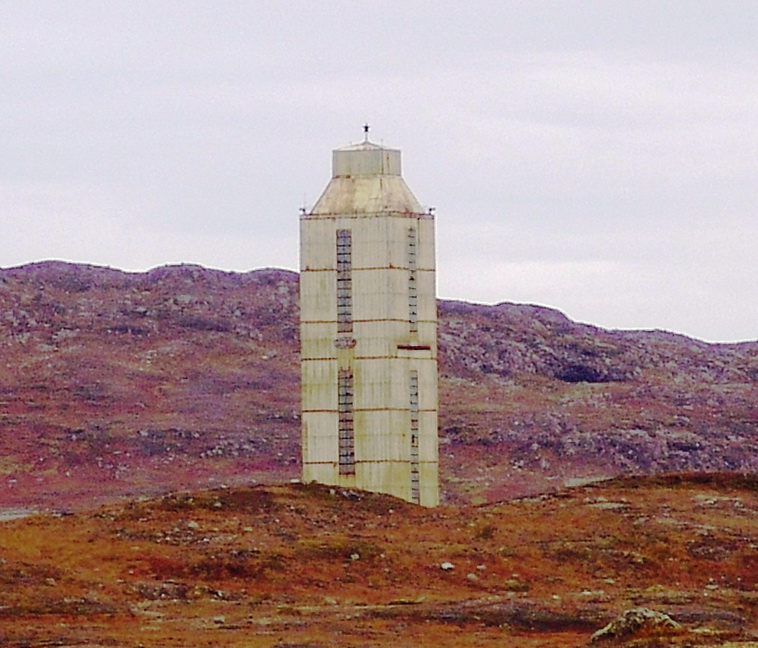The Earth’s radius is 6370 km. It is practically impossible to reach the centre of the Earth and conduct research on it. Due to this scientists and engineers are collecting information on the Interior of the Earth based on estimates and inferences from various sources arising from the Earth.
These estimations are classified as Direct Sources and Indirect Sources.
Direct Sources
1. Deep-Sea Drilling
The easily available solid earth materials are surface rocks. There are several deep mining has deep. Deep drilling projects such as the “Deep Ocean Drilling Project” and Integrated Ocean Drilling Project” have to give tons of information about the Interior of the earth.
Deep sea drilling projects have collected rock samples from the ocean floor, which can provide valuable insights into the Earth’s crust and upper mantle. These samples can reveal information about the planet’s geological history, the processes shaping its interior, and the composition of the underlying rocks.
For example, scientists have discovered ancient oceanic crust that provides evidence of plate tectonics and the formation of mountain ranges.
Additionally, drilling programs have uncovered valuable mineral resources, such as oil and gas.
By studying these rock samples, scientist can piece together the puzzle of the Earth’s formation and evolution.

Volcanic eruptions also provided, great information about the interiors. Magma is used for lab analysis. But it is hard to ascertain the depth of the source of such magma.
Deepest Drilled Work
The deepest drill is at Kola, in the Arctic Ocean and the depth is about 12 km.
Indirect Sources
There are also some indirect sources from which we can get information about the interior of the earth. The temperature and pressure increase with increasing distance from the surface towards the interior in deeper depths.
Also, the density of the material also increases with depth. As the thickness of the earth is already known, a scientist has roughly estimated the value of temperature, pressure, and density of materials at varying depths.
By using Meteors, which come from outside the earth used to estimate the interior of the earth. Even though these materials come out of the earth, it is important to note that these things are made up of things that are similar to the ones we find on the earth.
The other indirect sources are Gravitation, Magnetic field, and seismic activities.
Gravitation – Gravitation force (g), which is not equal everywhere. It is greater near the poles and less at the equator.
This is because the equator is from a greater distance away from the center of the earth than the poles.
Also, the gravity values change with the mass of material, the uneven distribution of mass of materials inside the earth influences this value.
Gravity force(g), value change from place to place. This is called Gravity Anomaly. Gravity Anomaly provides us with the value of the distribution of mass of the material in the crust of the earth.
Also, magnetic surveys give us the data about the distribution of magnetic materials in the crustal portion and thereby give information about the distribution of materials in this region.
Also, seismic activities are also important sources to get information regarding the interiors of the earth.
Here’s a table detailing the sources of information about the Earth’s interior, for UPSC preparation:
| Category | Sources | Details |
|---|---|---|
| Direct Sources | Rocks from Mining and Drilling | Rock samples obtained from mines and boreholes provide insight into shallow layers. |
| Volcanic Eruptions | Lava and gases from volcanic eruptions offer data on mantle composition. | |
| Indirect Sources | Seismic Waves | Analysis of P and S waves helps understand Earth’s internal layering and properties. |
| Gravitational Studies | Variations in gravity reveal density differences in Earth’s interior. | |
| Magnetic Studies | Earth’s magnetic field indicates the nature of the outer core. | |
| Heat Flow Studies | Measurements of geothermal gradient give clues about temperature distribution. | |
| Meteorites | Composition of meteorites is comparable to Earth’s core and mantle materials. | |
| Geophysical Methods | Radiometric Dating | Provides information on the age of rocks and Earth’s formation history. |
| Electrical Conductivity | Conductivity variations suggest the presence of materials like molten rocks. | |
| Density Studies | Data from the behavior of seismic waves help estimate density variations. | |
| Astronomical Insights | Earth’s Orbital Movements | Indicate mass and density distribution of the planet. |
